Navigating the complexities of crisis management in the Digital Age
Adgully’s premier Marketing event, CMOs’ Charcha – Delhi Chapter 2024, took place on January 23, at Radisson Blu Plaza in Mahipalpur, New Delhi. The theme for this edition of CMOs’ Charcha was ‘Future roadmap for pursuing growth in new ways’.
The event saw an engaging panel discussion on ‘Navigating Crisis Communications in the Digital Age’, which featured distinguished industry leaders, including Session Chair: Nandini Chatterjee, Former Chief Marketing and Communications Officer, PWC; Aakriti Thakur, AVP - Brand & Marketing, Healthians; Jasrita Dhir, Director - Marketing and Communications, Karkinos Healthcare; Juhie Gorwara, Director - Brand, Communication, Digital, Philips Indian Subcontinent; Manu Kumar, Head-Marketing and Corporate Communications, Hero Electric Vehicles; Nishita Sharma, Lead, Communications, Marketing, and Advocacy, UNICEF.
The session commenced with Nandini Chatterjee pointing out the recent challenges faced by the aviation industry. She further coined the question to the panelists. “In today’s age, everything is moving at a rapid pace. Handling these situations has become more complex. We are all navigating this new space, and it's crucial to understand how we manage to control the narrative – something we all strive for. How do we engage with people we don’t even really know in this ever-evolving landscape?”
Hero Electric Vehicles’ Manu Kumar acknowledged that the role of communications professionals and companies has evolved significantly. “Communication professionals need to be agile and responsive, particularly in the age of social media,” he said, adding that he believed that time sensitivity is heightened in the current landscape. Unlike traditional media, where responses could be delayed until the next day, the immediacy of social media demands quick reactions to prevent small issues from escalating into significant problems. Speaking about the challenges he also mentioned about expansion of audience, and communication professionals now address a larger and more diverse group of stakeholders. “The repercussions of communication are more extensive, affecting the business of selling products and the overall brand image,” he noted.
On the other hand, Juhie Gorwara said that one should not reply immediately. She stated, “I’m not certain about an immediate reply, which is not our usual practice in the consumer business. It is crucial to verify facts to prevent potential crises from social media outbursts. Establish a crisis team for long-term strategies, seek legal advice, and consult customer service before responding. Pre-plan three likely responses, communicate with marketing teams for potential crisis linkages, and maintain a compact and cautious approach.”
Jasrita Dhir from Karkinos Healthcare shared her insights from a healthcare industry perspective and said, “We often discuss machine learning, but humans also learn over time. In businesses, the marketing, communications, and operations teams, especially in a healthcare business, anticipate and prepare for 80% of common issues. These scenarios, such as a doctor being late to an OPD, have pre-approved responses. However, for the unforeseen 20% crisis situations, it’s crucial to acknowledge, validate, and empathise with the affected parties. Getting facts right is essential before responding, and maintaining open communication, even during a crisis, fosters trust.”
“I believe having your crisis communicators as part of the consumer redressal groups, listening in on your ORM, and monitoring command center FAQs provides insights into chronic issues that may escalate into controversies and acute issues that are spiking. This enables proactive measures to preempt potential problems,” she further added.
Talking from a social, advocacy space, Nishita Sharma spoke about the crisis and preparations for the same. According to Sharma, “One important aspect is always remembering who is at the receiving end of your communication – a person consuming your brand, impacting their life and decisions. In humanitarian situations, even irate customers can arise. During the preparation stage, it's crucial to isolate instances, as one negative comment can snowball into a bigger issue. Social listening measures, like ORM, are critical to understanding industry and consumer conversations. Isolated examples inform social media content, helping address awareness issues. Being overprepared, informed by these insights, is better than looking back at a crisis and realising what could have been done faster.”
Here, Nandini Chatterjee questioned the panelists, “Have any of you experienced a situation where you posted a seemingly innocuous content, but someone, possibly due to past issues, took the post in a different direction? Have you encountered such a scenario?”
Aakriti Thakur replied, “I believe that’s the worst way to handle it – deleting the comment. I agree with my fellow panelists about interacting with individuals who escalate issues. Acknowledging and addressing concerns one-on-one, either through a direct call or DM, is crucial. Creating a separate page for escalation handling and tactfully redirecting tags to that page helps manage online searches. Deleting comments can imply a lack of responsibility, and it is important to own up to any valid concerns. Additionally, for individuals attempting to manipulate or create false issues, engaging with them directly can help prevent repeated occurrences.”
These are edited excerpts. For the complete panel discussion at CMOs’ Charcha, watch below:



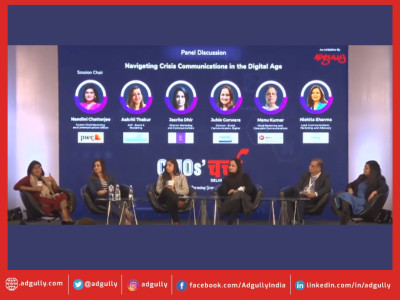


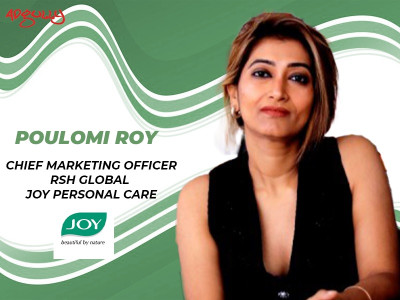





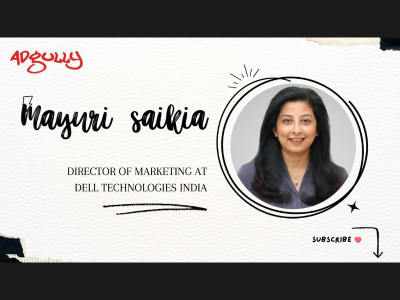
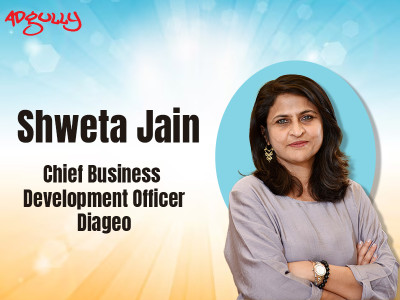
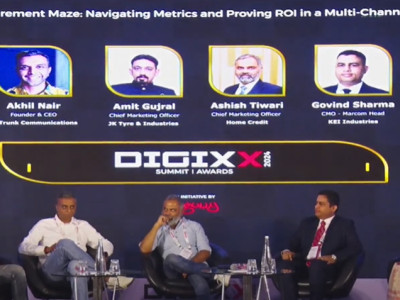



Share
Facebook
YouTube
Tweet
Twitter
LinkedIn